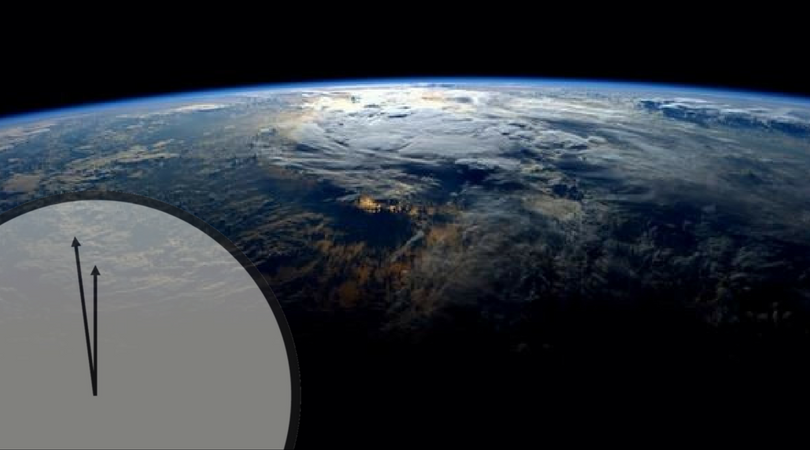
Meaghan Webster
Communications Manager
Atomic Pulse
After advancing toward midnight in 2017 for the first time
in years, the Doomsday
Clock has inched us closer to symbolic destruction yet again, signaling
that for the second year in a row, the world has moved closer to possible catastrophe.
The clock, maintained by the Bulletin of the Atomic Scientists, assesses the
state of the world’s dangers and the likelihood of existential catastrophes due
to global threats such as those posed by nuclear weapons and climate change.
Last year, the clock advanced from 3 minutes to 2:30 to midnight; this year, it
has advanced to 2 minutes.
The last time the Doomsday Clock read 2 minutes to midnight
was in 1953, during the height of the Cold War, after the United States and the
Soviet Union tested their first nuclear weapons within six months of each
other. Annual placement of the clock’s minute hand is determined by the Bulletin’s expert analysis of
how close the world is to destruction. Historically, the clock was altered
primarily according to the dangers posed by nuclear weapons, but more recently,
it has been adapted to consider threats from other man-made dangers as well,
such as cyber threats, biotechnology and climate change.
“Nuclear weapons took center stage this year” as experts
deliberated whether the clock should change, said Rachel Bronson, president and
CEO of the Bulletin.
Citing the ossified state of arms control agreements, North
Korean nuclear testing, rhetoric from the United States, and uncertainty
surrounding the Iran nuclear agreement, experts from the Bulletin explained why
they assessed nuclear threats to have grown since last year’s announcement.
The Trump administration’s draft Nuclear Posture Review
makes negotiations on arms control negotiations “look unlikely,” said Sharon
Squassoni, a member of the Bulletin’s
Science and Security Board, “which could signal a return to an arms race.”
Is the world really as dangerous as it was during the height
of the Cold War, as the Bulletin’s announcement this week suggests?
Responding to this question from an audience member, the Bulletin’s
experts noted that while it is difficult to compare the dangers of different
time periods, it’s the movement of the Doomsday Clock that matters – and
factors like the United States’ willingness to disavow multilateral approaches
to global problems, combined with increased nuclear tensions and heightened
rhetoric have moved us closer to “doomsday” since last year.
Sign up for our newsletter to get the latest on nuclear and biological threats.
